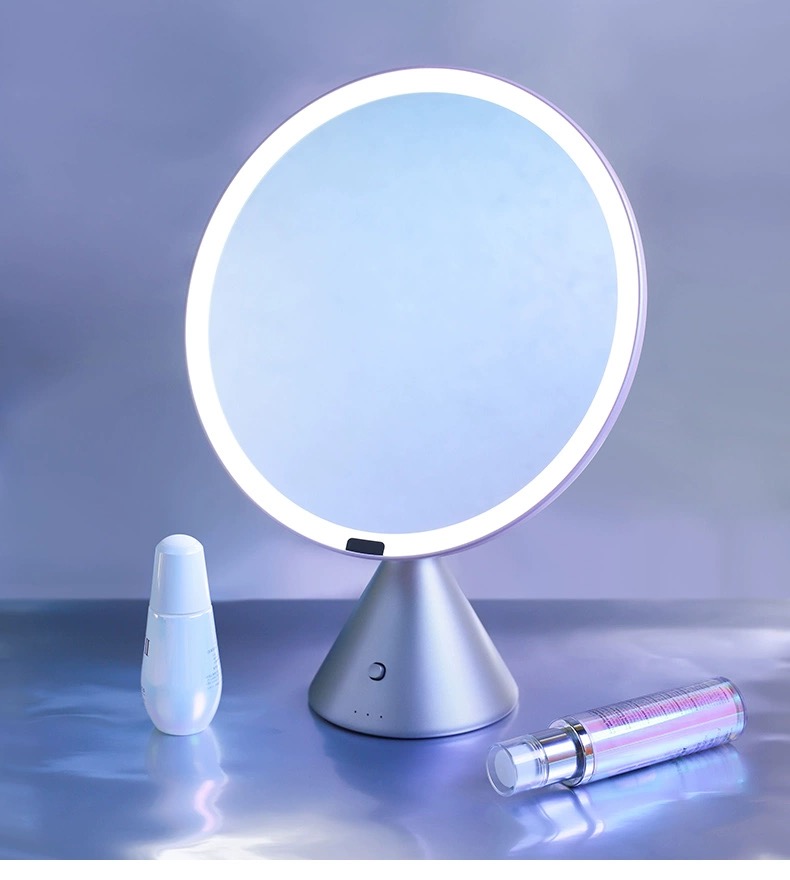Low-e glass panes, or low-emissivity glass, have revolutionized the architectural and construction industries with their remarkable energy-saving properties. These innovative glass panes are specifically designed to minimize heat transfer through windows, thereby improving thermal efficiency and reducing energy consumption in buildings.
Low-e glass is characterized by a thin, transparent coating that is applied to one or more surfaces of the glass pane. This coating, usually made from metal oxides like silver or tin, is so minute that it is barely visible to the naked eye. It works by reflecting long-wave infrared radiation, commonly known as heat, back into its source, whether it's inside or outside the building. In winter, this helps to retain interior warmth, while in summer, it blocks the sun's heat from entering, ensuring a comfortable indoor climate year-round.
The benefits of low-e glass panes extend far beyond mere energy savings. They also contribute significantly to the reduction of the carbon footprint of a building. By lessening the load on heating and cooling systems, they decrease greenhouse gas emissions associated with power generation. Moreover, they enhance the overall sustainability of a structure, making it an attractive choice for eco-conscious architects and builders Moreover, they enhance the overall sustainability of a structure, making it an attractive choice for eco-conscious architects and builders

Moreover, they enhance the overall sustainability of a structure, making it an attractive choice for eco-conscious architects and builders Moreover, they enhance the overall sustainability of a structure, making it an attractive choice for eco-conscious architects and builders
 low e glass panes
low e glass panes.
Another notable feature of low-e glass is its ability to filter out harmful ultraviolet (UV) rays without compromising natural light penetration. This protects not only the occupants from excessive UV exposure but also interior furnishings and artwork from fading due to prolonged sunlight exposure.
In terms of aesthetics, low-e glass panes offer a clear, unobstructed view, maintaining the connection between the indoors and outdoors. They come in various tints and performance levels, allowing architects to tailor the glass to specific environmental conditions and design preferences.
In conclusion, low-e glass panes represent a significant stride in green technology. Their ability to balance solar control, energy efficiency, and visual clarity has made them a staple in modern. As we continue to seek sustainable solutions for our built environment, the role of low-e glass panes will only grow in importance, shaping the way we live, work, and interact with the world around us.


 Moreover, they enhance the overall sustainability of a structure, making it an attractive choice for eco-conscious architects and builders Moreover, they enhance the overall sustainability of a structure, making it an attractive choice for eco-conscious architects and builders
Moreover, they enhance the overall sustainability of a structure, making it an attractive choice for eco-conscious architects and builders Moreover, they enhance the overall sustainability of a structure, making it an attractive choice for eco-conscious architects and builders low e glass panes.
Another notable feature of low-e glass is its ability to filter out harmful ultraviolet (UV) rays without compromising natural light penetration. This protects not only the occupants from excessive UV exposure but also interior furnishings and artwork from fading due to prolonged sunlight exposure.
In terms of aesthetics, low-e glass panes offer a clear, unobstructed view, maintaining the connection between the indoors and outdoors. They come in various tints and performance levels, allowing architects to tailor the glass to specific environmental conditions and design preferences.
In conclusion, low-e glass panes represent a significant stride in green technology. Their ability to balance solar control, energy efficiency, and visual clarity has made them a staple in modern. As we continue to seek sustainable solutions for our built environment, the role of low-e glass panes will only grow in importance, shaping the way we live, work, and interact with the world around us.
low e glass panes.
Another notable feature of low-e glass is its ability to filter out harmful ultraviolet (UV) rays without compromising natural light penetration. This protects not only the occupants from excessive UV exposure but also interior furnishings and artwork from fading due to prolonged sunlight exposure.
In terms of aesthetics, low-e glass panes offer a clear, unobstructed view, maintaining the connection between the indoors and outdoors. They come in various tints and performance levels, allowing architects to tailor the glass to specific environmental conditions and design preferences.
In conclusion, low-e glass panes represent a significant stride in green technology. Their ability to balance solar control, energy efficiency, and visual clarity has made them a staple in modern. As we continue to seek sustainable solutions for our built environment, the role of low-e glass panes will only grow in importance, shaping the way we live, work, and interact with the world around us.